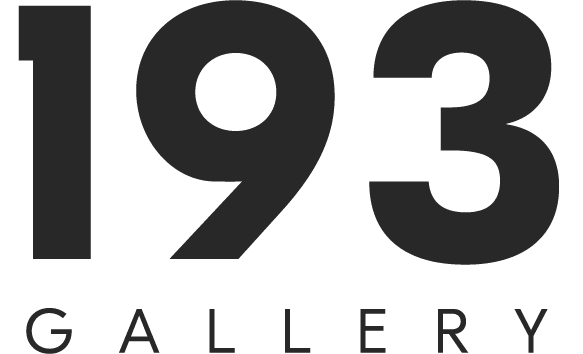Hassan Hajjaj was born in 1961 in Larache, Morocco. He lives and works between Marrakech and London. He evolves between several artistic universes: photography, fashion, music, cinema and design, while presenting a critical and uninhibited point of view on consumer society.
Hassan Hajjaj questions tradition and identity, focusing in particular on the wearing of the veil, as well as on the daily life of the people he meets, friends or strangers crossed in the streets of Morocco or elsewhere. His work is a form of celebration of the popular visual culture of the souk, a social space, symbol of interactions and exchanges. The artist happily borrows from Moroccan culture, using pictorial stereotypes such as odalisques or images of brands and their cult logos. He boldly assembles and opposes eastern and western elements, to create a rich and universal universe. The care that Hassan Hajjaj takes in framing his photos is reminiscent of the degree of finish in the repetition of patterns in Islamic decorative art.
The work of the frame is one of the most important characteristics of the work of Hassan Hajjaj. We find there an acute sense of recovery: tires, canned food, cans of paint, basketweave rugs and others.
His works have integrated renowned collections such as that of the Los Angeles County Museum of Art (United States), the Virginia Museum of Fine Arts (United States), the Institute of Islamic Cultures in Paris (France), the Victoria and Albert Museum (United Kingdom), the Barjeel collection (United Arab Emirates), among others.
In 2019, the artist benefited from a major retrospective at the Maison Européenne de la Photographie in Paris. The exhibition was subsequently presented in Sweden, England, South Korea and the United States.


